Acer TravelMate 8204WLMi – Dual Core Notebook Review
Acer TravelMate 8204WLMi – Dual Core Notebook
Acer is first out of the gate with Intel's new dual core notebook platform.
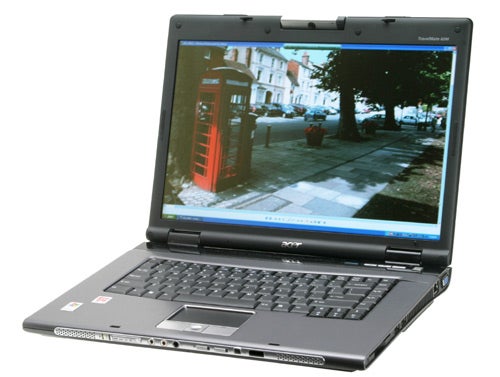
Verdict
Key Specifications
- Review Price: £1761.00
Over the past couple of years Acer has made quite a name for itself in the notebook market, producing high spec machines at amazing price points. The company has also built a reputation for being first out of the gate with the latest notebook technology and that’s never been more true than right now. The TravelMate 8204WLMi is the first notebook I’ve seen based on Intel’s new dual core mobile processor, Yonah.
For me dual core processors mark the most important leap in notebook technology since the colour screen, but that’s just my opinion. Of course if you managed to get yourself a dual-core desktop chip during 2005 you’ll have a good idea of where I’m coming from.

Back in March 2005 at IDF Intel announced that Yonah would be the first CPU based on a 65nm process and that it would ship at the end of 2005. Now, given that it’s the 6th of January, I’d say that Intel managed to get the timing pretty much spot on, but Yonah didn’t turn out to be the first Intel chip based on a 65nm process. Last week we looked at the new Pentium Extreme Edition desktop chip based on the 65nm Presler core, so Yonah is actually the second Intel chip based on the latest manufacturing process.
But what’s far more important is that Yonah personifies Intel’s new ethos – performance per Watt. That’s right, gone are the days of pushing clock frequencies sky high regardless of power consumption or heat generation. Intel has realised that the way forward is to produce fast chips that draw as little power as possible and run as cool as can be.
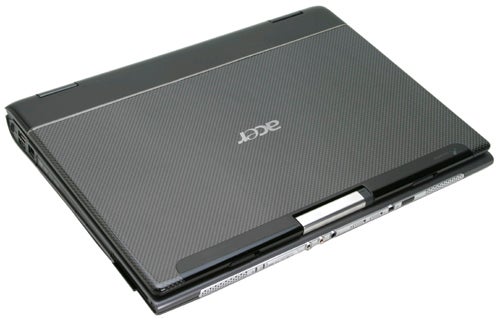
The first step on this road was the introduction of the Pentium M. This was not an easy sell for Intel at first, since the company had banged on about MHz for so long that producing chips that ran at a slower clock-speed than their desktop counterparts caused a little confusion in the marketplace. But now no one would argue that the Pentium M is a fabulous mobile processor and that Intel’s Centrino platform has not only increased the notebook user base, but also spearheaded the drive towards wireless networking.
About this time last year Intel launched the Sonoma platform for notebooks, which was the second generation of Centrino. Accompanying Yonah is another new platform, this time called Napa. Now, if you’re a wine buff you’ll know that Intel is continuing its vinyard based naming strategy – nothing wrong with that, the Napa valley is beautiful.
Of course both Yonah and Napa are Intel’s codenames for the new parts, the real names that the marketing bods have thought up are – Intel Core Duo Processor and Mobile Intel 945 Express Chipset. I don’t know about you but I definitely prefer Yonah and Napa! Now don’t think that you won’t be able to get a single core mobile chip anymore because you can, and this little baby will be called Intel Core Solo Processor – you get it right?
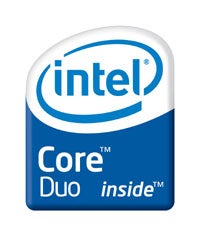
There’s also a differentiator between the single and dual core chips in the model numbers, with the single core 1.66GHz Solo chip numbered T1300, while the dual core 1.66GHz Duo chip is numbered T2300. The Duo range goes up from there to the T2400 at 1.83GHz, the T2500 at 2.0GHz and the T2600 at 2.16GHz. Looking at the pricing chart below, it’s clear that the T2400 is the sweet spot when it comes to price/performance.
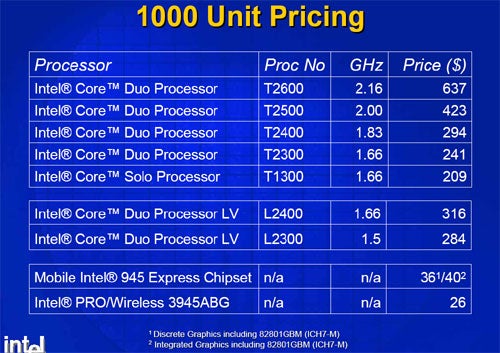
Expect to see ultra-portable notebooks appearing with the low voltage Yonah chips. These are rather unimaginatively named Intel Core Duo Processor LV. The model numbers also reflect the low voltage angle with L2300 1.5GHz chip and the L2400 1.66GHz chip.
So, if you’ve got used to the very familiar “Intel Centrino Mobile Technology” moniker you’ll now have to get used to “Intel Centrino Duo Mobile Technology” for the next generation of dual core notebooks.
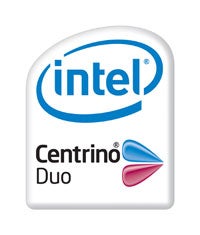
Intel has also implemented a new shared cache model with Yonah. Whereas the desktop dual core chips have separate Level 2 cache allocated to each core, with Yonah both cores share the single 2MB of L2 cache. This design can potentially provide a far more efficient execution environment. If you have separate Level 2 cache for each core and one core is heavily loaded while the other is twiddling its thumbs, that second block of cache is essentially useless. With the shared cache model, if one core if very busy it will take advantage of the majority of the Level 2 cache while the second core has no use for it. Of course if both cores are loaded they will have to share the cache, but that’s no different to if they had separate complements.
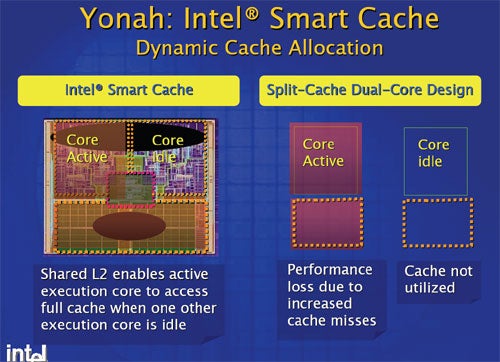
The TravelMate 8204WLMi is obviously based on the Napa platform, sporting a 2.0GHz dual core Yonah chip. Acer hasn’t skimped on the supporting components either, throwing in 2GB of RAM and a 120GB hard disk. The graphics chipset is nearly as new as the CPU – I’ve only seen a demo notebook from ATI running the new X1600 chipset before, but the TravelMate is packing a production version complete with 256MB of video memory.
The TravelMate 8204WLMi definitely feels swift in use and much like a desktop system equipped with a dual core chip, you can run a plethora of tasks simultaneously without any discernible slowdown. Want to run a full virus scan while you get on with some spreadsheet work? No problem. Why not do some media encoding while you’re at it? This notebook really will take anything you throw at it and just come back for more.
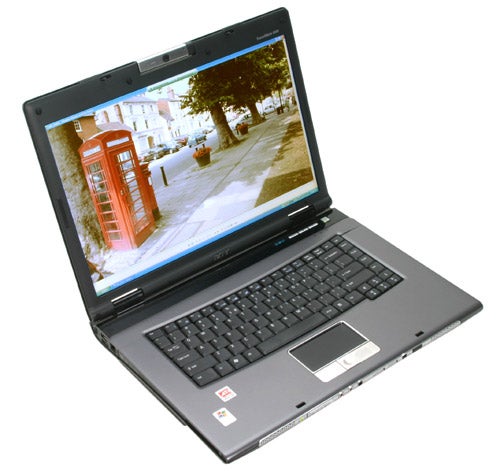
It’s also worth remembering that we’re going to see more and more multi-threaded applications hitting the street over the next year or so, which means that a dual core machine will actually get faster as the software learns to take advantage of the new hardware. But right now, Yonah means that more than ever, you really can do pretty much anything on a notebook that you can on a desktop PC.
Of course there’s more to a notebook than the internal components and Acer has made sure that the TravelMate 8204WLMi is a worthy vessel for Intel’s new baby. If you read my review of the Ferrari 4000 you’ll know that Acer knows how to build good looking notebooks and this one is no exception. The lid is finished in carbon fibre with a silver Acer logo at the centre – the effect is stunning. Mounted in the top of the lid is a 1.3 megapixel rotating digital camera – ideal for video conferencing if you want the other person to see you and your surroundings.
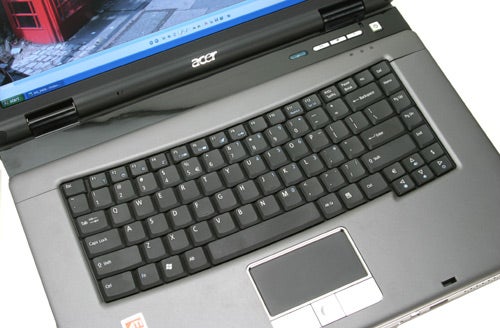
Opening up the lid reveals one of Acer’s trademark curved keyboards. You either love these keyboards or hate them – thankfully I’m in the former camp and find them very comfortable to type on. Since this is a very early sample, the keyboard is US rather than UK spec, but of course production samples will be correctly equipped. Despite the US layout, the keyboard has a good solid feel to it. There isn’t a hint of flex in the keyboard no matter how hard you’re hammering it, while the key travel and spring back is spot on.
Below the keyboard is a large touchpad with a widescreen aspect ratio to match the display. Despite not being the biggest fan of touchpads, this one has a very smooth action allowing for accurate pointer manipulation.
The screen doesn’t let the side down either – there are many notebooks with 15.4in widescreen displays, but a lot of them run a disappointingly low 1,280 x 768 resolution, but not this one. The screen in the TravelMate 8204WLMi sports a 1,680 x 1,050 resolution, which gives you masses of desktop real estate to work with. The impressive screen resolution marries itself well to the dual core processor, allowing you to have multiple applications active concurrently for serious multi-tasking.
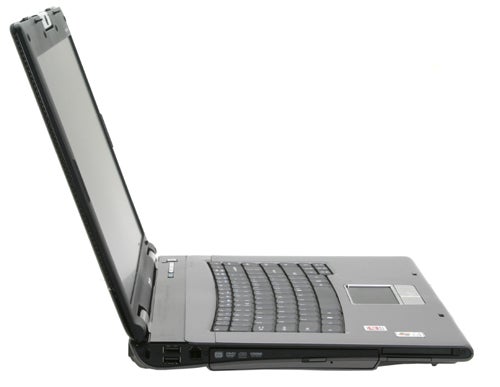
There’s also bundles of connectivity on offer. Being based on the Intel Napa platform there’s obviously an Intel wireless adapter – the PRO/Wireless 3945ABG supports 802.11a,b and g standards for ultimate flexibility. There’s also an integrated Bluetooth adapter and a Gigabit Ethernet controller for high-speed wired conectivity.
The chassis is crammed with more features than you’d see on an average desktop replacement notebook. While many notebooks leave the rear empty of features, on the TravelMate 8204WLMi you’ll find a DVI port – ideal for connecting up to an external TFT monitor, using a crisp and clear digital signal. The rear is also home to a port replicator socket, an S-Video port and the power connector.
At the right there’s a D-SUB port for connecting to an external monitor using an analogue signal, a network port for that Gigabit Ethernet controller, two USB 2.0 ports and a smartcard reader for added security – Acer provides a smartcard in the box with the notebook.
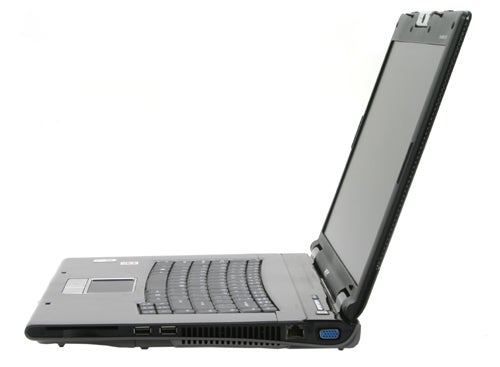
The front is also fully loaded with an IrDA port, a four-pin FireWire port and hard switches for both WiFi and Bluetooth adapters. There’s also a full suite of audio ports – headphone, mic and line-in, the latter also doubles as an optical digital output. Finally there’s a plastic flap hiding a memory card reader that accepts SD, MMC and MemoryStick formats.
The left side is dominated by the DVD writer but there’s also a pair of USB 2.0 ports and a modem socket. Here you’ll also find a Type II PC Card slot and an Express Card slot – Acer is really covering all the bases.
The DVD writer is an LG unit that supports pretty much every format bar DVD-R DL. The drive will manage 8x writing on DVD+R and DVD-R, 4x on DVD+RW and DVD-RW, 2.4x on DVD+R DL, 5x DVD-RAM, 24x CD-R and finally 10x for CD-RW media.
An interesting additional feature is the Bluetooth VoIP phone. Acer is well aware that many notebook users, myself included, use VoIP to keep in touch when traveling abroad. The Bluetooth VoIP phone allows you to happily wander around your hotel room while chatting, without the need to be tied to your notebook via a headset. The VoIP phone is the shape of a PC Card, which isn’t surprising considering that it charges when inserted in the PC Card slot. The only downside to the VoIP phone is that it protrudes from the PC Card slot when it’s charging, so you couldn’t really store it in there. That said, this is still a great little feature from Acer.
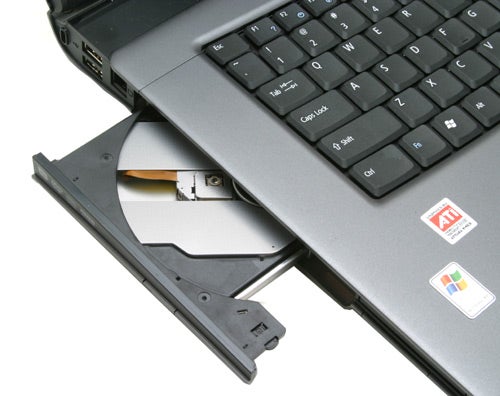
Of course the big question is how did the TravelMate 8204WLMi perform? Well running SYSmark 2002, the fastest notebook I’d ever seen was a Rock Xtreme! that utilised a desktop Pentium 4 Extreme Edition processor. Unsurprisingly the battery life was pretty much non-existent, so much so that MobileMark wouldn’t even run, but it did turn in a staggering overall SYSmark score of 351. It’s therefore all the more amazing that the TravelMate 8204WLMi managed an overall SYSmark score of 352, making it the fastest notebook I’ve ever seen for Windows application work!
Running MobileMark 2005 produced a battery life of 221 minutes, which isn’t amazing, but at over three and a half hours it marks an improvement over the old TravelMate 8104WLMi. The MobileMark performance rating was near identical to the old model at 259 compared to 256.
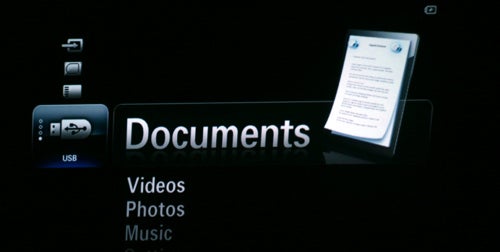
Although the ATI X1600 chipset isn’t high-end, it’s still a very capable mobile graphics solution. This is borne out by the 3DMark05 score of 4385 at 1,024 x 768. This gives a fair indication that you’ll be able to play games on the TravelMate 8204WLMi, but it also gives you an indication of just how great a notebook using a dual core Yonah chip will be if coupled with a high-end graphics chipset like the nVidia 7800 GTX or the mobile ATI X1800 when it arrives.
The TravelMate 8204WLMi can’t be described as an ultra-portable notebook by any means, but it’s not a huge beast either. To be honest the chassis is pretty much the same as the 8104WLMi before it and the Ferrari 4000 – at just under 3kg you’ll know that you’ve got it with you, but it’s not going to give you back ache.
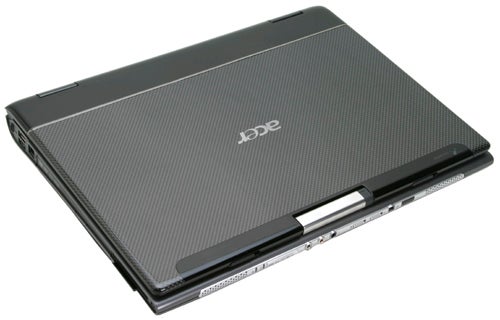
Although Acer has a reputation for creating very good notebooks at amazing prices, with a machine based on this kind of brand new technology you’re going to have to expect to dig deep. That said, the price of £1,761.33 is far from exorbitant, especially considering the components you’re getting. In fact the TravelMate 8204WLMi looks like a bit of a bargain when you consider the cutting edge CPU, the graphics chipset with 256MB of memory and the 2GB of system RAM. If you’ve been holding out for a dual core notebook, you could do a lot worse than to throw your hard earned cash at this little beauty from Acer.
”’Verdict”’
The TravelMate 8104WLMi was a great notebook that showed off the Intel Sonoma platform to great effect. But the new TravelMate 8204WLMi takes notebook technology to the next level with Intel’s new Napa platform. Although it may not be priced as aggressively as other Acer notebooks, you are getting a whole bundle of cutting edge technology wrapped up in a great looking chassis – the carbon fibre lid really does look awesome.
There’s no doubt that Intel’s dual core Yonah chip is a fabulous piece of kit and anyone who’s serious about using a notebook as their main computer should definitely go down this route. Expect to see masses of new notebooks based on the Napa platform over the coming months, but Acer’s competitors will have to work hard to come up with a better model than this one.
(table:features)
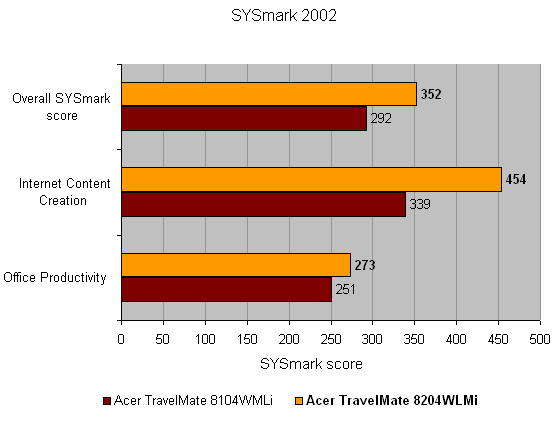
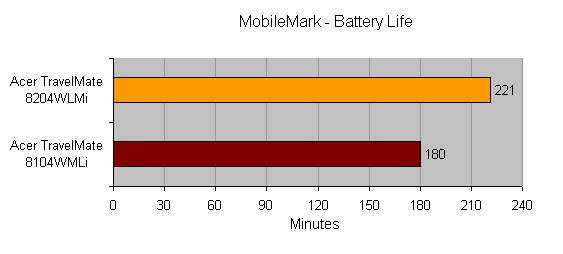
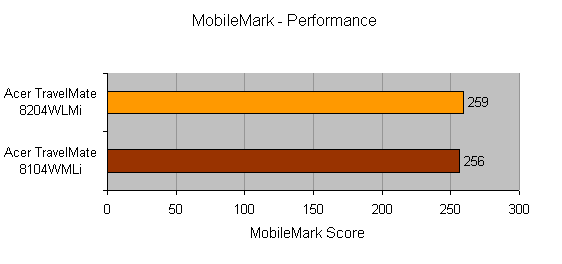
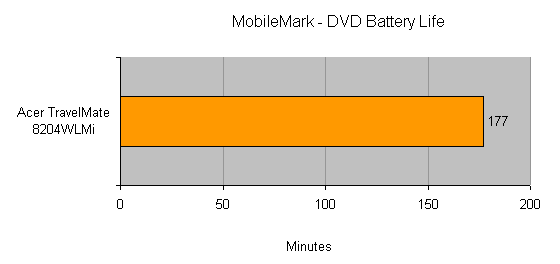
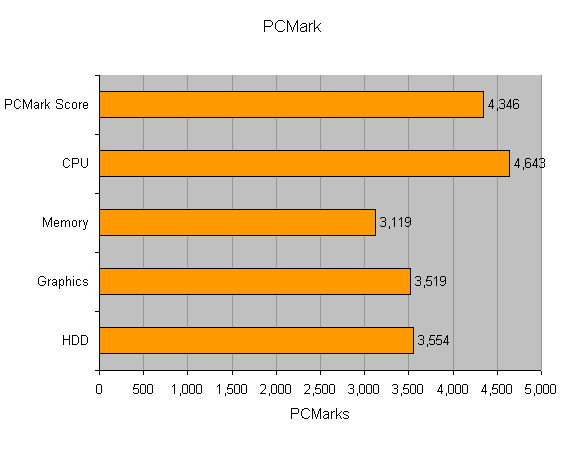
How we test laptops
Unlike other sites, we test every laptop we review thoroughly over an extended period of time. We use industry standard tests to compare features properly. We’ll always tell you what we find. We never, ever, accept money to review a product.
Trusted Score
Score in detail
-
Performance 10
-
Value 9
-
Features 10

